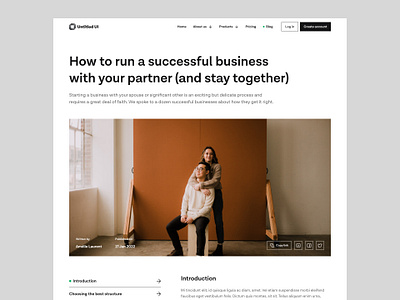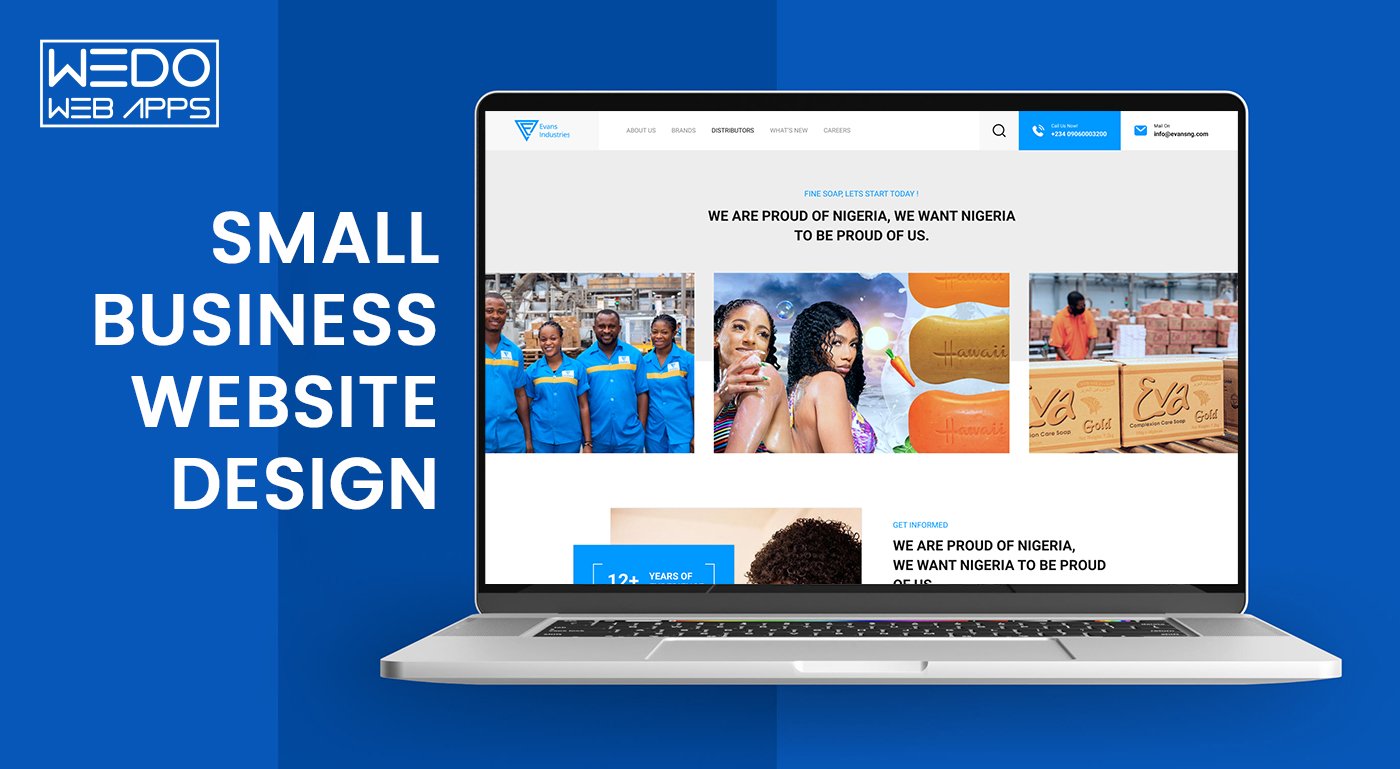How to Pick the Right Tools for Your Website Design Projects
How to Pick the Right Tools for Your Website Design Projects
Blog Article
Trick Techniques for Implementing User-Centric Internet Site Style to Increase Interaction
When considering the implementation of user-centric internet site layout, specific techniques contribute in improving engagement. Detailed study into customer demands and choices develops the foundation, leading the development of customer personalities to notify style selections. Intuitive navigation and receptive user interfaces are crucial, ensuring convenience of accessibility across all gadgets. Personalizing web content enhances individual satisfaction, and durable availability functions expand reach. These techniques jointly foster an even more meaningful online experience. Yet just how do these aspects collaborated successfully, and what practical actions can be required to ensure their effective combination?
Recognizing User Requirements
Recognizing customer needs is a fundamental action in the process of user-centric site style. Methods such as studies, meetings, and customer testing can provide beneficial qualitative and quantitative data regarding just how users interact with the web site.
Assessing this data enables designers to develop comprehensive individual identities that stand for the various segments of the target market. These characters help educate style choices by highlighting details customer objectives and challenges, guiding the development of features that deal with these needs successfully. Recognizing the context in which customers operate-- such as their environment, device preferences, and time constraints-- can further refine the layout strategy.
Empathy plays a critical function in this process, making it possible for designers to see the site from the user's point of view. By focusing on individual needs, the layout procedure ends up being extra concentrated, avoiding the inclusion of unneeded components that can mess the user experience. Ultimately, a deep understanding of user requirements contributes in crafting a web site that is both practical and meaningful.
Designing Instinctive Navigating
Having established an extensive understanding of user needs, the next action in user-centric site style entails developing user-friendly navigating. Efficient navigating is essential to user fulfillment, affecting exactly how easily users can find details and total jobs. To achieve user-friendly navigating, designers have to prioritize simpleness and clarity, guaranteeing that the navigation structure is sensible and consistent throughout the website.
Organizing content right into a clear power structure is crucial. Website Design. Making use of acquainted labels and symbols can lead customers easily, decreasing cognitive load and boosting the total individual experience. A well-designed navigation bar ought to be plainly positioned, permitting individuals to determine their present place and quickly explore other sections of the web site
It is additionally crucial to integrate interactive aspects such as breadcrumbs and search capabilities to assist customers in navigating complicated websites. These functions give added paths and enhance the availability of web content, accommodating different individual choices and behaviors.
Evaluating navigation with genuine customers is necessary to identify prospective pain factors and make certain functionality lines up with user assumptions. Regular feedback loopholes and repetitive renovations can help keep an effective navigation system that adjusts to developing customer requirements, ultimately enhancing involvement and fulfillment.
Producing Responsive Interfaces
Inevitably, developing responsive user interfaces is an essential element of contemporary web style, making sure that internet sites are accessible and practical across a multitude of devices and screen dimensions (Website Design). This adaptability is important in a landscape where individuals gain access to web read content using smartphones, desktops, tablet computers, and laptops, each with differing resolutions and positionings. The primary objective of responsive layout is to improve user experience by preserving ideal readability and usability, no matter the gadget made use of
To attain this, internet designers employ adaptable grid formats, liquid pictures, and CSS media inquiries. Flexible grids enable website elements to resize proportionally, while liquid pictures make certain visuals range appropriately without shedding quality. Media Continue inquiries play an important duty by using different designs based on the device's characteristics, such as alignment, width, and height, thus customizing the design to the user's display.
In addition, receptive interfaces add to enhanced seo (SEO) by using a smooth user experience, which subsequently can decrease bounce rates and boost website interaction. In recap, taking on receptive design is not simply a technical factor to consider yet a necessary method for cultivating a user-centric web atmosphere that satisfies the requirements of a diverse audience.

Personalizing Material Experience
Personalizing material experience is a crucial component of user-centric site style that includes tailoring material to satisfy the special choices and behaviors of specific users. This approach not only enhances user satisfaction however additionally promotes much deeper engagement, as visitors are most likely to communicate with content that reverberates with their requirements and passions. By leveraging information analytics and individual feedback, businesses can identify patterns and trends that notify the modification of web content.
Integrating personalization methods can range from simple modifications, such as suggesting items based on searching background, to more advanced strategies like vibrant content that adapts in real-time to a user's interactions. Personalized touchdown web pages can significantly boost conversion prices by supplying users with relevant information and offers that align with their previous activities and preferences.
Furthermore, making use of man-made knowledge and equipment learning can further refine content personalization by continually discovering from customer behaviors site link and adjusting to arising patterns. This not just enhances the individual's journey however likewise builds brand name loyalty, as consumers feel recognized and valued. Eventually, customizing the content experience is a crucial approach for companies intending to create a more engaging and significant communication with their audience.
Enhancing Accessibility Attributes
Enhancing ease of access attributes is an essential facet of user-centric site layout, making certain that electronic content is useful by every person, consisting of individuals with specials needs. This technique not only abides by lawful criteria such as the Americans with Disabilities Act (ADA) and the Internet Content Ease Of Access Guidelines (WCAG) but also substantially widens a site's target market reach. By integrating attributes like keyboard navigation, screen viewers compatibility, and different text for images, web sites become extra inclusive, giving a seamless experience for individuals with aesthetic, auditory, or electric motor disabilities.
Including responsive layout aspects is essential, assisting in access on numerous gadgets and display sizes, thus suiting users with various preferences and demands. Furthermore, contrast proportions and message size modifications can improve readability for people with aesthetic difficulties. Giving concise and clear material structure, such as lists and headings, help understanding and navigating, specifically for customers with cognitive handicaps.
Routine access audits should be performed to identify and remedy potential barriers, making certain ongoing conformity and functionality. By focusing on accessibility, businesses not only foster inclusivity yet additionally enhance total customer interaction and contentment, eventually driving higher conversion rates and reinforcing brand commitment.

Verdict
Including user-centric design approaches dramatically boosts website interaction by prioritizing the demands and preferences of customers. Comprehensive research facilitates the production of individual personas, guiding targeted design decisions. Instinctive navigation and responsive user interfaces improve functionality and accessibility throughout devices. Customizing content based upon customer behavior raises satisfaction, while robust ease of access attributes increase audience reach. Jointly, these techniques create a significant online experience, promoting much deeper involvement and communication with the site.
Complete research study into user needs and choices creates the structure, directing the development of customer personalities to inform style selections. Methods such as surveys, meetings, and user testing can supply beneficial qualitative and quantitative information regarding just how individuals communicate with the web site.
By prioritizing individual needs, the design process becomes extra concentrated, preventing the incorporation of unneeded aspects that might mess the individual experience. Efficient navigation is basic to user contentment, affecting just how easily individuals can find info and full tasks. The usage of acquainted tags and symbols can lead individuals easily, reducing cognitive load and boosting the overall individual experience.
Report this page